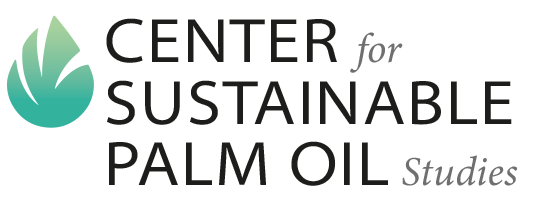
COP26 is under way, generating debates around the investor role in tackling climate change. Many are focused on ferreting out virtue-signalling imposters among asset managers on environmental, social and governance issues.
This is important, but a bit distracting at a time when our existential dependence on a stable climate must be matched with climate solutions at scale. This requires capital and the asset management industry is in a privileged position to bring that capital along.
We can start as an industry by acknowledging the urgency. Even if we stop burning fossil fuels, global warming will cause disruption that we can adjust to only if we preserve and restore our planet’s richest natural carbon sinks (tropical and old growth forests, peat lands, etc).
Government and non-profit funding does not come close to supporting the $4tn per year the International Energy Agency estimates will be needed by 2030 to keep global emissions in check. Without new financing, natural resources may become too scarce and too expensive to support many business models.
The world of investing and the lexicon of nature, conservation and competition have typically clashed. However, climate change requires us to align capital with solutions to tackle it.
Security analysis is not indifferent to nature. Consider a company’s cost of goods sold: building materials, food and beverages, semiconductors, reagents for recent vaccine innovations. Peel back a layer and we are talking the language of nature: trees, palm oil, coffee, gold, copper, biodiversity. It has been estimated that more than half of the world’s gross domestic product — $44tn of economic value — is at moderate or severe risk due to nature loss.
Take-and-deplete is the assumption of traditional financial models. Today, it is more practical for investors to understand the risks to our “natural capital”.
An emerging success story is how increased investor scrutiny of palm oil production has decoupled some supply chains from environmentally-destructive sourcing practices. The majority of suppliers and purchasers now pledge zero deforestation. According to the World Resources Institute, 2020 is the fourth straight year that palm oil deforestation has been trending down. It’s a win for investors and businesses as well. The conservation group WWF reports that many sector companies benefited significantly through price premiums for sustainable sourcing.
Companies will find it easier to compete and differentiate themselves once they collaborate on some new ground rules to refocus them on longer-term interests.
For example, under the UN Global Compact CEO Water Mandate, more than 200 companies participate in collaborative efforts with civil society, intergovernmental organisations and affected communities to advance water sustainability.
No company can survive without water and it’s estimated that half of the world’s population will reside in water-stressed areas by 2025. Investors should increasingly take note of the businesses sharing the burden of investing in water security and other natural resources to protect their bottom lines. These are the companies better prepared for a day when new rules, price signals, scarcity or reputational risks incentivise replenishment, rather than depletion of resources.
New collaborative financial structures have emerged that unlock climate solutions and strong risk-adjusted returns. “Blended finance”, for example, takes development finance and improves a project’s risk/return profile through co-investments, technical assistance, incentives or guarantees.
In Nigeria, for example, public money from the World Bank’s Nigeria Electrification Project plus philanthropic dollars from the Rockefeller Foundation provided support for structuring a private investment from CrossBoundary Group, a partner of Brown Advisory. This financed solar mini-grids that will provide clean electricity to 55,000 rural homes. Early results show strong internal rates of return in the mid-teens.
While blended finance projects are designed to create environmental or social impact, there’s a lot for financial investors to like as well, such as an inflation hedge and exposure to returns that are uncorrelated with public equities and bonds.
Investors can further be enticed by using our own jargon: the promise of an asymmetric upside, because most natural resources outside fossil fuels will be more valuable tomorrow than they are today. If asset managers signal a willingness to learn, participate and bring other stakeholders along, the opportunity is an asymmetric upside for us all.
By Karina Funk
Original Link: https://www.ft.com/content/ef7517b8-54f9-4343-8f4c-3f94c10af8a2


